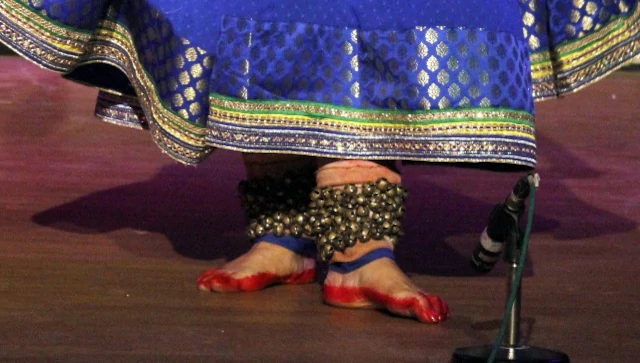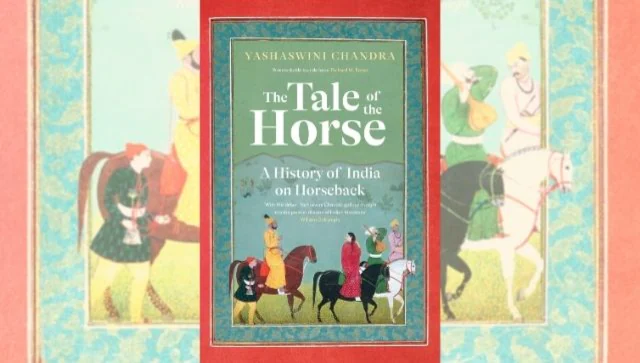MeToo in the world of Kathak: Faults within guru-shishya parampara, dependence on teachers has led to culture of silence

- Reporter 02
- 24 Aug, 2022
The obvious takeaway from the discussion surrounding #MeToo in the Indian classical music and dance community has been the lack of awareness people have about the subject, the lack of initiatives being taken by organisations and artistes to raise their voices, and the clear existence of a power imbalance that has led to a community of enablers.
The deafening silence of artistes in this matter has been a cause for concern and has led to multiple questions being raised about the age-old tradition of the guru-shishya parampara. The power imbalance that stems from this relationship is not just limited to the guru (teacher) and the shishya (student); it also applies to the relationships between artistes — both established and emerging — and the organisers who are all inter-related, given the smallness of the ecosystem that the Indian classical arts operate in.
People who occupy positions of power have often used the guru-shishya parampara as a weapon to intimidate and silence disciples when it comes to issues such as molestation and abuse, which in turn has led to the grooming of artistes with a dearth of personality, curiosity and individuality. As a result, students in the Indian classical music and dance community have been taught not to question their gurus or seniors, and have been putting them on pedestals that wrongly keep them away from the consequences of their actions, resulting in them becoming enablers.
The guru-shishya parampara is known for the personalised training it involves. In many cases the student is told to ‘surrender’ to the guru in order to achieve depth in one’s artistic abilities. In the world of dance, this is all too familiar, as the possibility of physical proximity between the teacher and student is more likely. But inappropriate behaviour does not always take a physical form. The dialogue between the guru and the shishya is also important to decipher.
In Kathak, abhinaya is an integral part of the repertoire. It is also an element that takes a dancer many years to perfect, as it involves expressing mature emotions through movement and expression. These emotions often involve expressing love, desire, and the torment of waiting for the beloved to come home. Commonly in the Kathak community, students are told that in order to be able to manifest these complex emotions, it is important to also experience them in real life, otherwise, it is not possible to convey them with the depth that is required. As Kathak exponent Nisha Mahajan said to Indian Express, "There was this notion that in order to be able to present bhaav or abhinaya, if you don’t go through certain experiences, it does not work. This was considered part of the mentorship, of course informally…There was this aura of hero-worship...either the students gave in, some others who really wanted to dance were willing to make the compromise. Then there were others who just left.”
For some, leaving is just not an option, even now. In the Indian classical music community, once the disciple has learnt a specific raga and the technicalities of the art form, it allows them to explore the art with the taalim they have received from their gurus and to venture out and create their own individual style of music. In dance, however, especially in Kathak, there are now just a handful of gurus who are training their disciples to become solo dancers, individual artistic thinkers and spontaneous artistes. The focus has been on group productions which limit the artiste’s freedom to build on the taalim imparted to them by their gurus. These group productions tend to promote the guru’s work more than the different abilities of each dancer. As a result of this, the demand for solo Kathak dancers or dancers with their own identity has decreased, and has meant that disciples are over-dependent on their gurus for professional opportunities of any kind.
Leave a Reply
Your email address will not be published. Required fields are marked *
XzrnlwcJOQZF
uisdzpTVfjO
XzrnlwcJOQZF
uisdzpTVfjO
ZKSUgcNj
WImKCMyhXxJ
ZKSUgcNj
WImKCMyhXxJ
ewSEVGWdm
AktcIbeBCRJnUq
ewSEVGWdm
AktcIbeBCRJnUq
lbmXNQBITvuU
sPWmdeICnSzLOAob
lbmXNQBITvuU
sPWmdeICnSzLOAob











